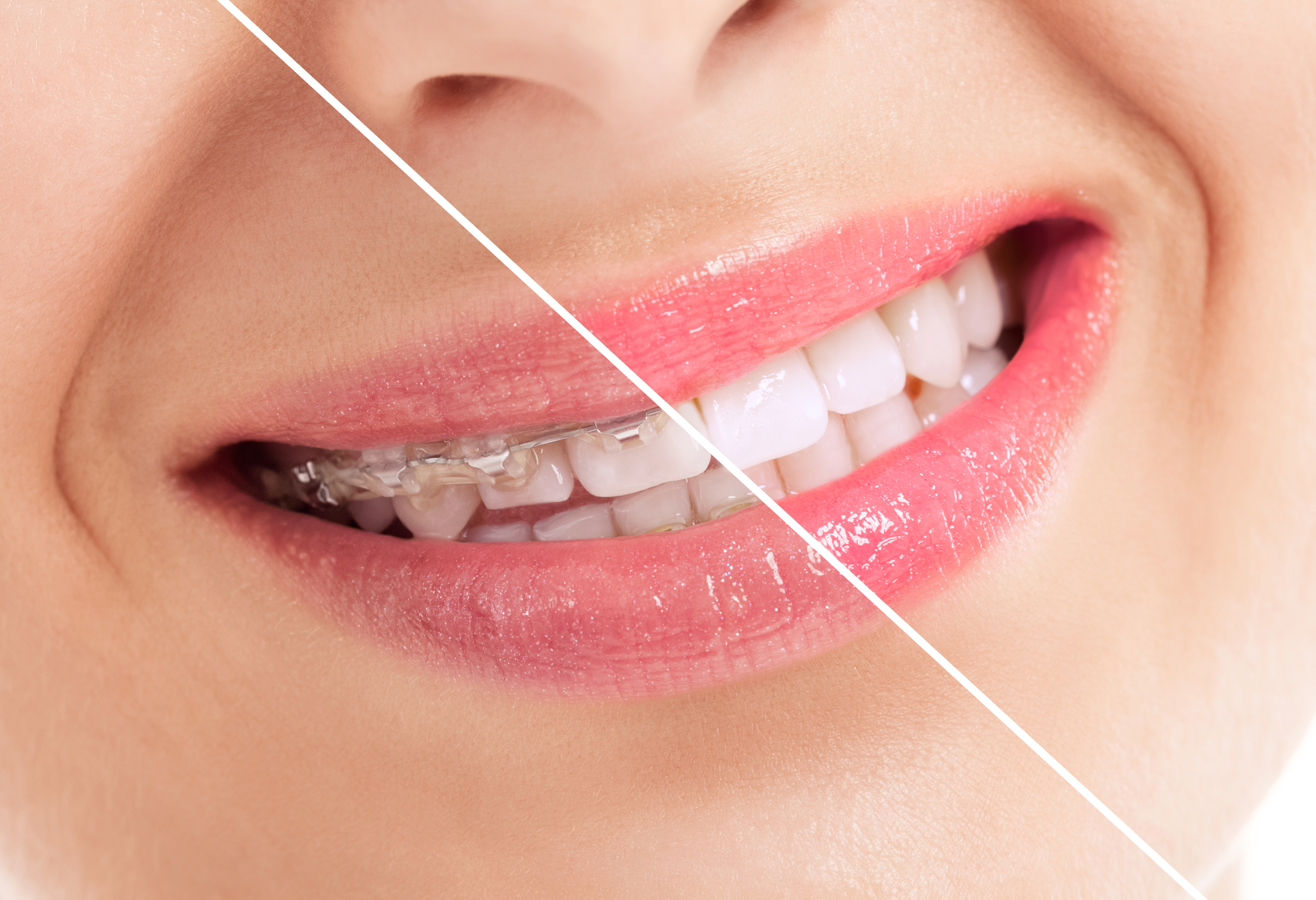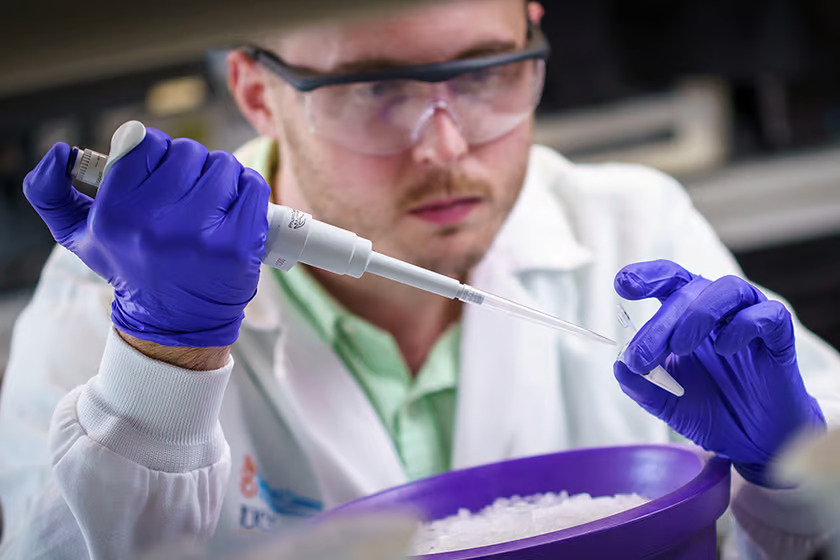Thanks to technology, seeking orthodontic treatment today has become much greater and easier than before. Unlike before, people today have begun seeing the value of straighter and white teeth. Therefore, more people, both adults and children, find themselves in a position of wanting to achieve a better smile. What comes to your mind at the mention of the word braces? Typically, most people will immediately think of a tremendous colossal metal grin positioned on the teeth, which sometimes may not be very appealing. The good news is that there are better alternatives, including Invisalign and ceramic braces. But which one, ceramic braces and Invisalign, is better? Obviously, Invisalign is better for your wedding day. Check below to know the one that suits you best.
What are Ceramic Braces?
As the name suggests, ceramic braces include brackets made from ceramic; however, in some cases, the brackets are made of plastic or porcelain. The brackets can be coloured to resemble your teeth’ colour or be clear. As a result, these braces usually blend in with the patient’s teeth more than metallic ones.
While ceramic braces aim to be discreet like Invisalign ones, they are more noticeable since a wire is included in this treatment. Nevertheless, the wire does not make it as conspicuous as the traditional braces.
What is an Invisalign?
As the name suggests, Invisalign involves an orthodontic treatment technique that is virtually invisible. An Invisalign involves a clear aligner tray usually placed over the teeth. This treatment technique will then gently pressure the teeth to move them into the correct position. One of the most significant advantages of Invisalign is that it has the capability of moving your teeth to a suitable position without wires and brackets. Also, the appliance is removable during meals or when you have special occasions.
Your orthodontist will give you a new tray after every few weeks, usually made slightly straighter than the previous ones. As a result, this gradually shifts your teeth into a suitable position by the end of the treatment.
Which One is Right for You: Invisalign or Ceramic Braces?
Typically, Invisalign offers an excellent option for patients with moderate or mild overcrowding or spacing problems. But, if you are looking for more intense orthodontics, ceramic braces are effective. Besides, some teeth treatments require tooth movements that Invisalign cannot offer ideally. Therefore, to attain the best results, your doctor must have extensive knowledge of the biomechanics and drawbacks of the system to design workable movements. Dealing with oral issues like closing extraction spaces, making teeth longer, correcting rotations and making roots parallel will be dealt with perfectly with wires and brackets.
n some instances, your doctor may recommend both treatments. This is because some adjustments may require ceramic braces, and the treatment is completed using Invisalign. While it is highly personal, your orthodontist must assess your teeth’ position to their best level to determine the treatment that suits you best.
If you are still trying to decide the best solution, you can contact a reputable orthodontics healthcare clinic like Central Coast Orthodontics to help you find the perfect solution.











